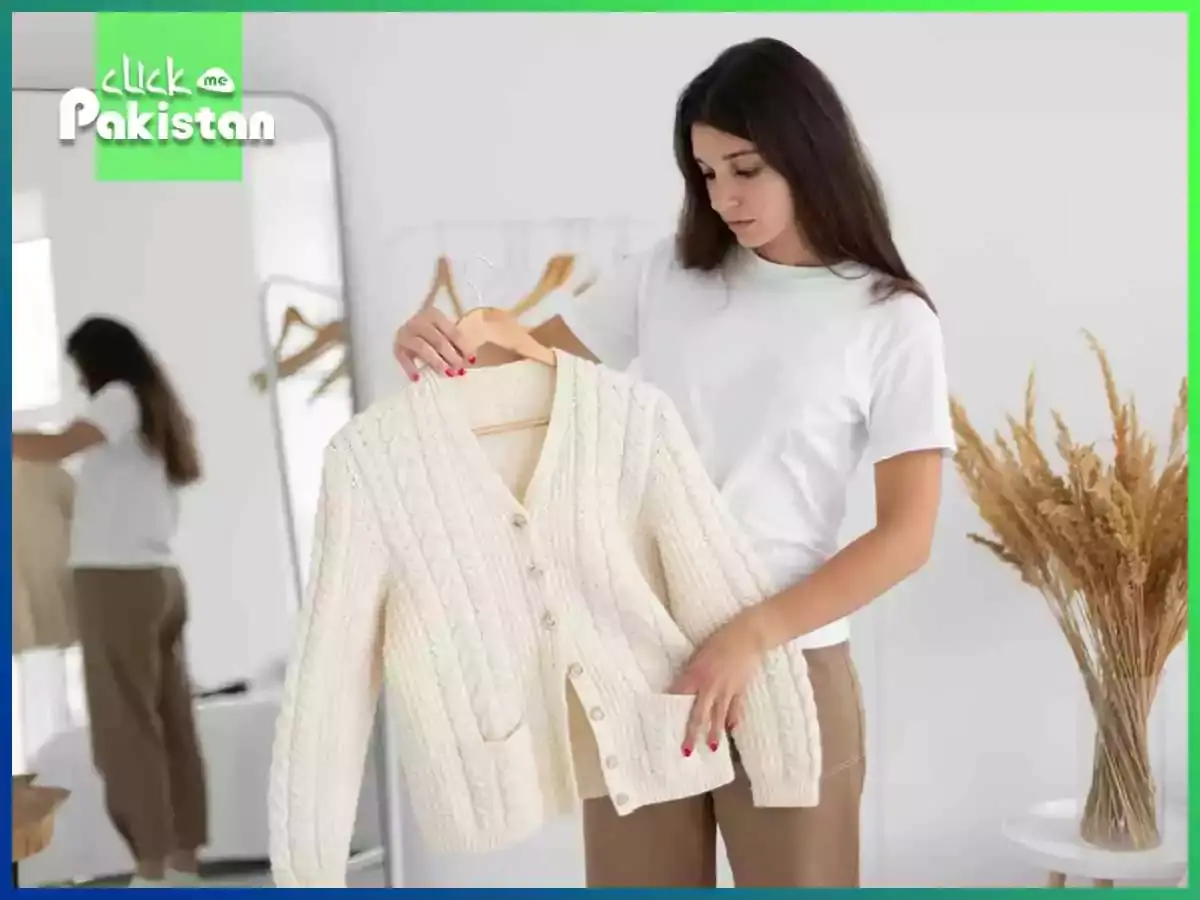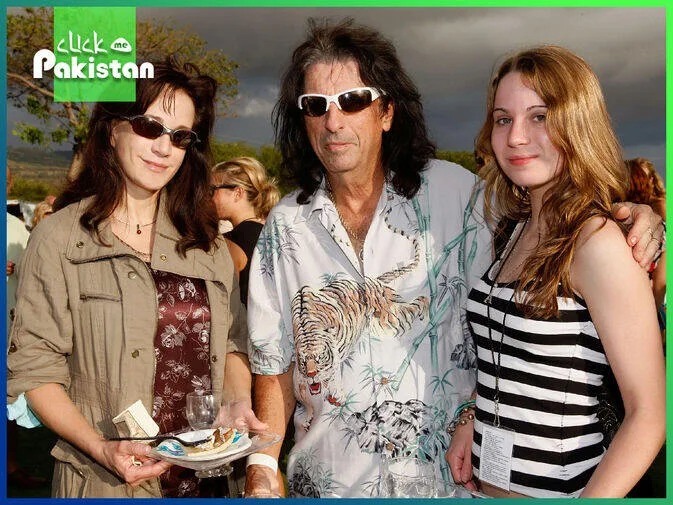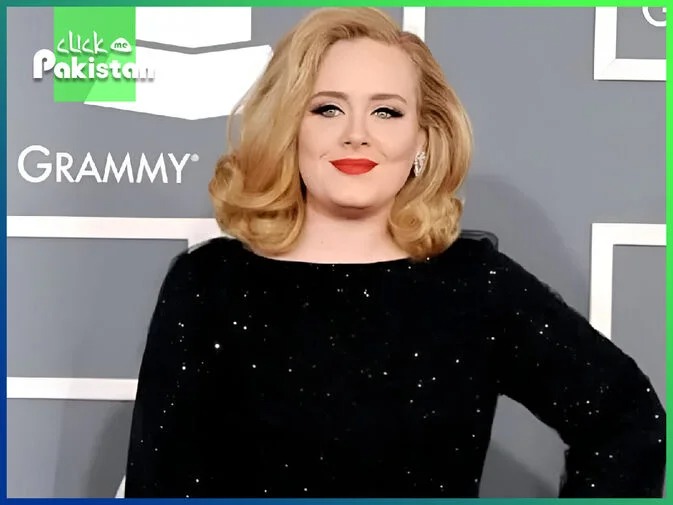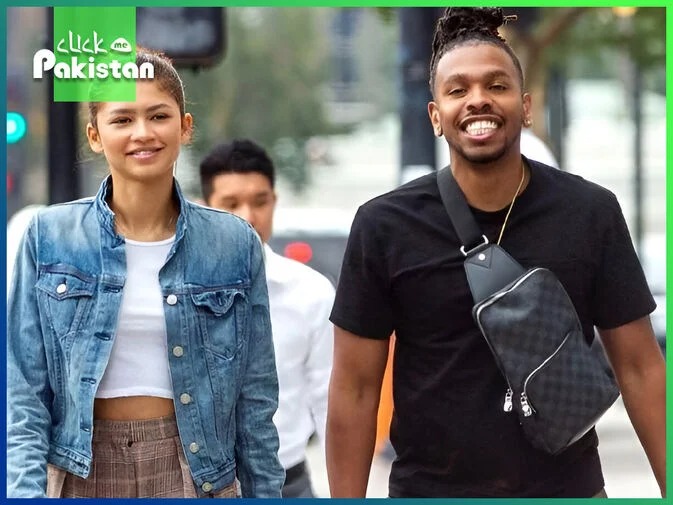In an era where sustainability and environmental awareness are growing, commitment to ethical choice is increasing day by day. The traditional perspective of fashion is long gone while sustainable and eco-friendly have become the first choice for customers and mass consumers. It is delightful to see how most people are moving towards more ethical and sustainable fashion trends.
In this article, we are going to dive in and explore many kinds of sustainable fashion trends that are continually growing and evolving these days.
Consumer Demand For Sustainable Fashion Trends

Consumer awareness of sustainable Fashion Trends has been growing steadily. Today consumers are more conscious about the environment as well as the social impacts of their; purchasing decisions. They, therefore, seek brands that prioritize sustainability and align with their moral values.
According to a survey, consumers are ready to pay more for sustainable products even if it is two-thirds of the price. This shift in consumer behavior presents both challenges and opportunities for retail apparel, emphasizing the need to incorporate sustainable practices and offer eco-friendly fashion options.
Sustainable Fashion Trends For 2024

1. Second Hand Market
We have to include this as the number one sustainable Fashion Trends of not just 2024 but also the last decade.
Over the last decade, the interest in pre-loved, retro, and vintage Fashion Trends has boomed and trend forecasts suggest that this movement is not slowing down any time soon. The resale market is said to be growing 11 times faster than that of traditional retail and is expected to be worth $84 billion by 2030.
The sudden increase in demand for second-hand garments is, arguably, owed to younger customers being increasingly conscious of the environmental impact of fashion. Moreover, buying second-hand is certainly one of the most sustainable ways to shop given that it minimizes the environmental cost of production by keeping garments in circulation for longer.
2. Circular Economy And Upcycling
The circular economy and upcycling are new fashion trends that will continue to gain momentum in 2024.
The circular economy focuses on reducing waste and keeping their products in use for as long as possible. Upcycling, a key aspect, of the circular economy, it involves transforming old or discarded garments into new and valuable products.
By embracing upcycling products can reduce textile waste and offer unique, sustainable fashion options for consumers.
3. Ethical And Transparent Supply Chains
Ethical and transparent supply chains are crucial elements of sustainable fashion.
In 2023, consumers will continue to demand greater visibility into the origins of their clothing. Apparel retailers should prioritize, fair labor practices, ensure safe working conditions and promote transparency throughout the supply chains.
By partnering with suppliers who prioritize sustainability and social responsibility, retailers can build trust with their customers and contribute towards a more sustainable fashion industry.
4. Slow Fashion And Minimalism
Slow fashion and minimalism are movements that advocate for a shift away from fast fashion and encourage consumers to embrace a more mindful and sustainable approach to clothing.
In 2024, these trends will continue to gain popularity as consumers prioritize quality and quantity. Slow fashion emphasizes investing in timeless and durable pieces that are designed to last, reducing the need for frequent purchases and minimizing waste.
5. Innovative Fashion
The fashion industry is witnessing exciting developments in sustainable materials. Furthermore, these materials include recycled polyester, organic cotton, and plant-based alternatives like pineapple leather and mushroom-based textiles. By incorporating these innovative materials into the collection, apparel retailers can offer environmentally friendly innovative options to consumers.
6. De-influencing
While younger consumers may have “influenced” the fashion industry into adopting more sustainable habits, one of the latest trends in sustainability has been dubbed ironically as “de-influencing”
De-influencing recently merged on TikTok and Instagram which consists of creators advising viewers on what products are not worth it, often despite the “holy grail” or “viral” status of the product itself.
7. Breaking Prejudice
Fashion brands are no longer bound by size and have expansive size availability.
Brands are creating styles that cater to a spectrum of different body sizes, allowing a large number of individuals to access stylish clothing that makes them feel confident while sending a powerful message to the world that the realm of fashion is for all.
8. Fashion Rental And Swapping
Another very important sustainability trend is the rental and swapping of fashion. In this, people don’t buy dresses but they rent dresses.
It’s a great opportunity for those, who cannot pay the full price for a dress.
Conclusion:
As we embark on a fashionable journey in 2024, let’s seize the opportunity to embrace sustainable practices, innovative technologies, and nostalgic trends. Therefore, it is very important to be conscious of making sustainable choices for fashion.
At the end, A Look Into Pakistani Fashion Trends









